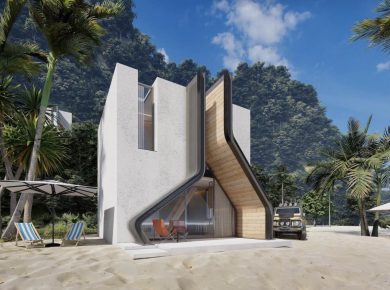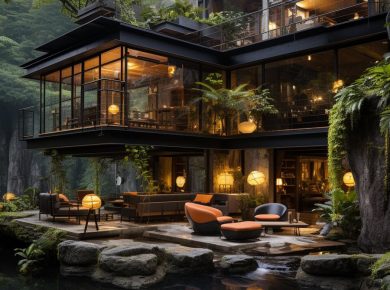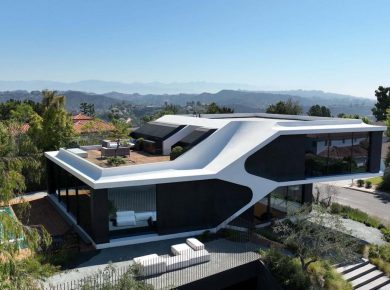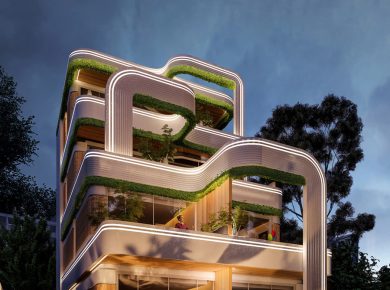
Frank Gehry has always pushed the boundaries of architecture, and his latest concept for a residential home is no different. It’s not just a set of blueprints; it’s a question posed to all of us: What if our homes could change with the shifting daylight and our changing moods? This idea is at the heart of Gehry’s design, which imagines a house that feels alive, reacting to its surroundings in real-time.

The design stands out with its unusual combination of curves and sharp angles. Unlike typical square or rectangular homes, Gehry’s house would capture anyone’s attention with its unique shape. The windows are particularly striking. Large and asymmetrical, they’re placed to maximize the amount of natural light entering the home but also to influence how light plays across the rooms throughout the day. Imagine how it might feel to see your living room bathed in the soft light of sunrise, transforming into a bright, energetic space by noon, and then mellowing into a warm, golden glow by sunset.

Gehry also plays with materials in ways that most architects wouldn’t dare. Reflective surfaces and cutting-edge materials help the house change appearance, shimmering and shifting under different lighting conditions. This could make coming home each evening a little surprise, a visual treat that greets you differently each time depending on the time of day and the weather.

Inside, Gehry envisions a home without barriers. The open-concept layout is designed to keep the household connected, whether they’re cooking in the kitchen, relaxing in the living room, or eating in the dining area. It’s about creating a flow not just of space but of life within the home. The minimalist decor keeps the focus on the architecture’s bold lines and the natural beauty outside, ensuring that the house itself is always the star.

What’s truly captivating about Gehry’s concept is that it challenges us to rethink what a home can be. It’s not just a place to live, but a space that lives with you, adapting and responding to the environment. This kind of design could change the way we think about our homes: no longer as static places of refuge from the world, but as dynamic spaces that engage with the world in a meaningful way.

This raises some exciting possibilities for the future of housing. Could we see neighborhoods where every house has its own unique ‘personality’ that shifts with the seasons? How might our daily lives change if our homes could reflect not just our personal style, but also our mood and the time of day?

Gehry’s design is a blueprint for the future, an invitation to imagine a home that’s as alive as we are. It’s a fascinating glimpse into what might be possible in the world of architecture, blending art, technology, and personal space into something truly revolutionary.








